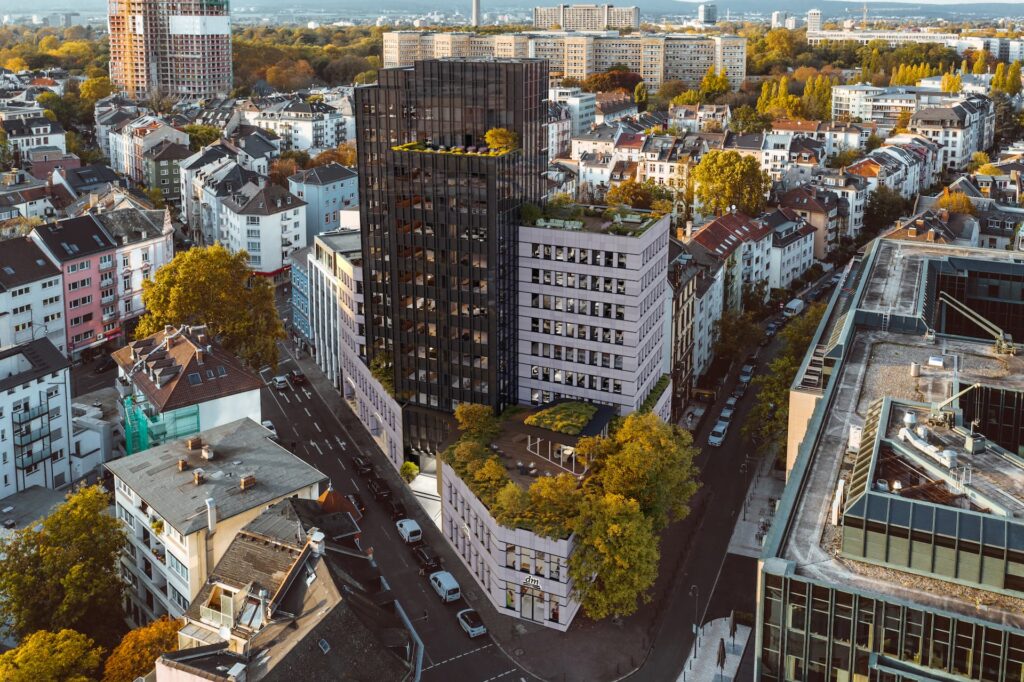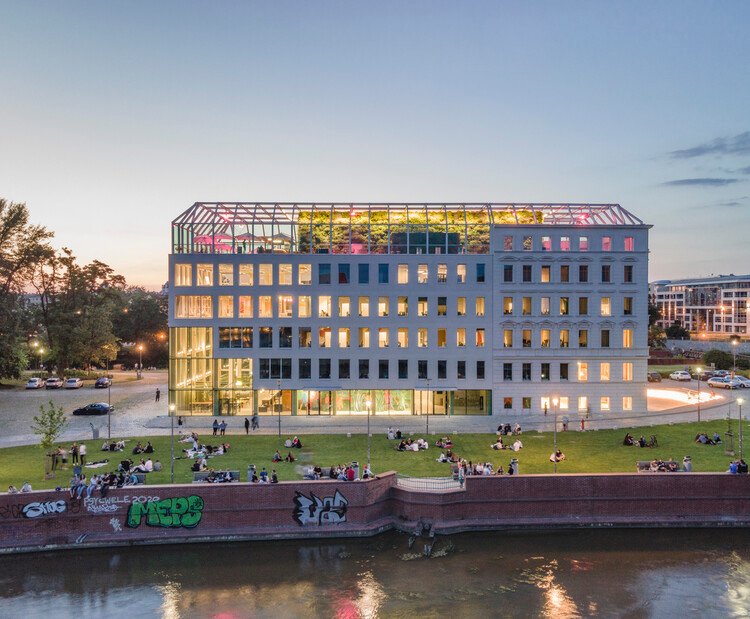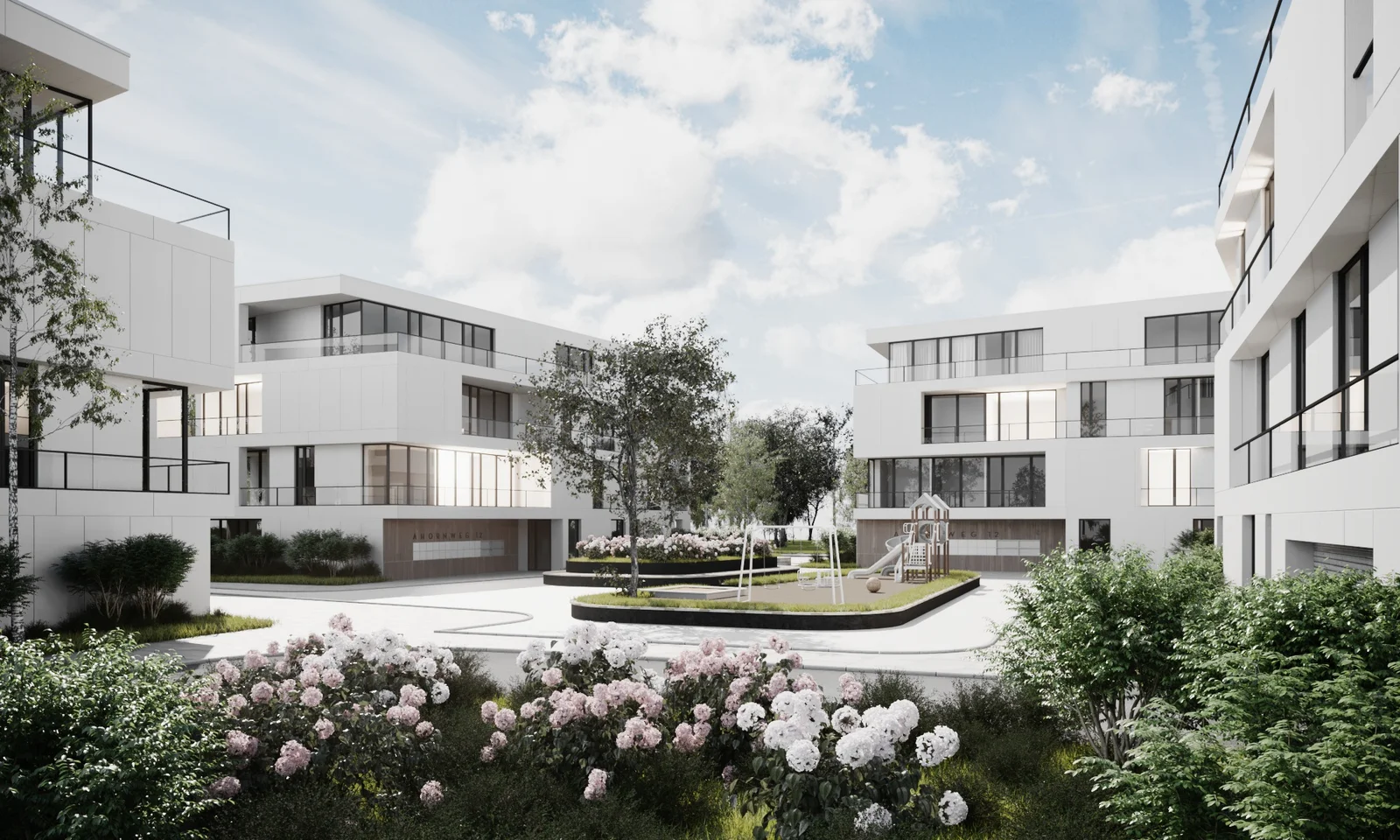How Daylight Simulations Improve 3D Renderings
Have you ever wondered what makes some 3D renderings look more realistic than others? The secret sauce is often daylight simulations. By providing a realistic representation of natural light, daylight simulations can significantly enhance the overall quality and realism of 3D renderings. This blog post will delve into the intricacies of daylight simulations and how they can transform your 3D rendering projects.
Understanding Daylight Simulations
Before we can appreciate the impact of daylight simulations on 3D renderings, it’s crucial to understand what daylight simulations are and what they entail.
What are Daylight Simulations?
Daylight simulations are computational models that imitate the behaviour of natural light in a specific environment. They consider multiple factors, including the geographical location, time of day, season, and local weather conditions. By simulating the properties and dynamics of natural light, these models can reproduce the way light interacts with objects and surfaces in a 3D scene.
The Components of Daylight Simulations
Daylight simulations consist of several key components. The primary one is the sun, which is modeled as a direct light source. The brightness and position of the sun change based on the time of day and year. Another component is the sky, which acts as an indirect light source. The sky’s color and brightness vary according to the weather and atmospheric conditions. Together, the sun and sky create a dynamic lighting environment that mimics the complexities of natural daylight.
Understanding Daylight Simulations in 3D Renderings
What is Daylight Simulation?
Daylight simulation is a computer-based analysis that uses complex algorithms to predict and visualize the natural light conditions in a 3D environment. This technology allows designers and architects to accurately predict how daylight will interact with their designs. This includes understanding how light enters a space, the shadows it creates, its intensity at different times of the day, and even how it changes throughout the seasons.
The Role of Daylight Simulations in 3D Renderings
Daylight simulations play a critical role in 3D renderings. They provide a realistic representation of how daylight will affect a design, which can be extremely beneficial in the planning and design stages of a project. For instance, architects can use these simulations to assess how the natural light will impact the energy efficiency of a building or how it will affect the comfort levels of its occupants. Additionally, daylight simulations can influence the choice of materials, the placement of windows, and the design of shading devices in a project.
Advantages of Using Daylight Simulations in 3D Renderings
Increased Accuracy and Realism
One of the main advantages of using daylight simulations in 3D renderings is the increased accuracy and realism they provide. Unlike standard lighting models, daylight simulation takes into account the specific geographical location, orientation, and local climate conditions of a project. This means that the simulated lighting conditions closely match what would occur in the real world, providing a more authentic and realistic visualization of a design.
Improved Design Quality and Decision-Making
Daylight simulations can greatly improve the quality of a design and assist in making more informed design decisions. By visualizing the impact of natural light on a design, architects and designers can make necessary modifications to optimize light penetration, reduce glare, improve visual comfort, and enhance the overall aesthetics of a space. This leads to more effective and sustainable design solutions.
The Future of Daylight Simulations in 3D Renderings
Integration with Virtual Reality and Augmented Reality
The future of daylight simulations in 3D renderings is promising, with the potential integration with virtual reality (VR) and augmented reality (AR) technologies. These technologies can further enhance the immersive experience provided by 3D renderings, allowing designers and clients to virtually explore a space and experience the effects of natural light in real-time.
Development of More Advanced Algorithms
As technology continues to advance, we can expect the development of more sophisticated algorithms for daylight simulations. These advanced algorithms will provide even more accurate and detailed predictions of daylight conditions, further improving the quality and realism of 3D renderings. This will ultimately enable designers to create more efficient, comfortable, and aesthetically pleasing spaces that respond effectively to their natural environment.In conclusion, daylight simulations play a crucial role in enhancing the quality, realism, and appeal of 3D renderings. They allow artists and designers to mimic the intricacies of natural light, resulting in more lifelike and immersive 3D visualizations. From architecture to video game design, daylight simulations offer a powerful tool to boost the aesthetic and practical value of 3D projects. As technology continues to advance, the implementation of these simulations is likely to become even more refined, opening up new possibilities and advancements in the world of 3D rendering. Therefore, understanding and mastering ‘How daylight simulations improve 3D renderings’ is vital for anyone aiming to excel in this field.







